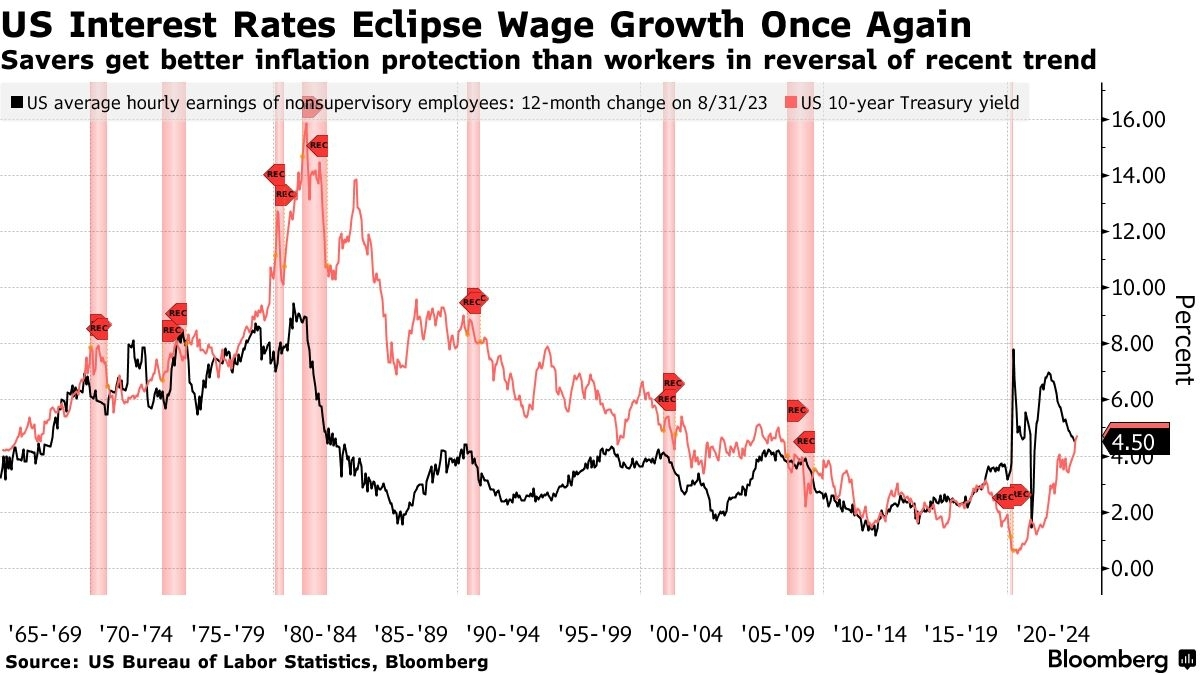The U.S. economy is experiencing stronger-than-expected job growth, which in turn is raising concerns about the Federal Reserve (the central bank of the United States) raising interest rates. Here are some reasons why this might be the case:

Strong Economic Recovery:
If the U.S. job market is growing faster than anticipated, it could be a sign that the overall economy is recovering more robustly than expected. This could be due to factors such as increased consumer spending, business investment, or government stimulus measures.
Inflation Concerns:
Rapid job growth can lead to concerns about inflation. When the labor market tightens and demand for workers increases, employers may need to raise wages to attract and retain employees. This can result in higher labor costs, which may be passed on to consumers in the form of higher prices for goods and services. Federal Reserve Reaction: The Federal Reserve closely monitors economic indicators, including job growth and inflation. If the central bank perceives that the economy is overheating or that inflation is becoming a concern, it may decide to raise interest rates to cool down economic activity. Higher interest rates can make borrowing more expensive, which can slow down spending and investment.
Impact on Financial Markets:
Expectations of interest rate hikes can have a significant impact on financial markets. Higher interest rates can make bonds more attractive relative to stocks, leading to a shift in investor preferences. It can also increase borrowing costs for businesses and individuals, which can affect investment decisions and consumer spending.
Global Factors:
International economic conditions and geopolitical events can also influence interest rate decisions. If the U.S. economy is performing well while other major economies are facing challenges, this can impact the relative attractiveness of U.S. assets and influence the Federal Reserve’s decisions regarding interest rates.
Forward Guidance:
The Federal Reserve often communicates its intentions regarding interest rates through forward guidance. Any indications that rate hikes are imminent or more aggressive than expected can lead to market reactions. It’s important to note that the relationship between job growth, interest rates, and financial markets is complex, and the Federal Reserve takes a data-driven approach to its decisions. The central bank aims to strike a balance between supporting economic growth and keeping inflation in check. As a result, while strong job growth can raise concerns about interest rate hikes, the Federal Reserve considers a wide range of economic indicators and factors in its decision-making process.




